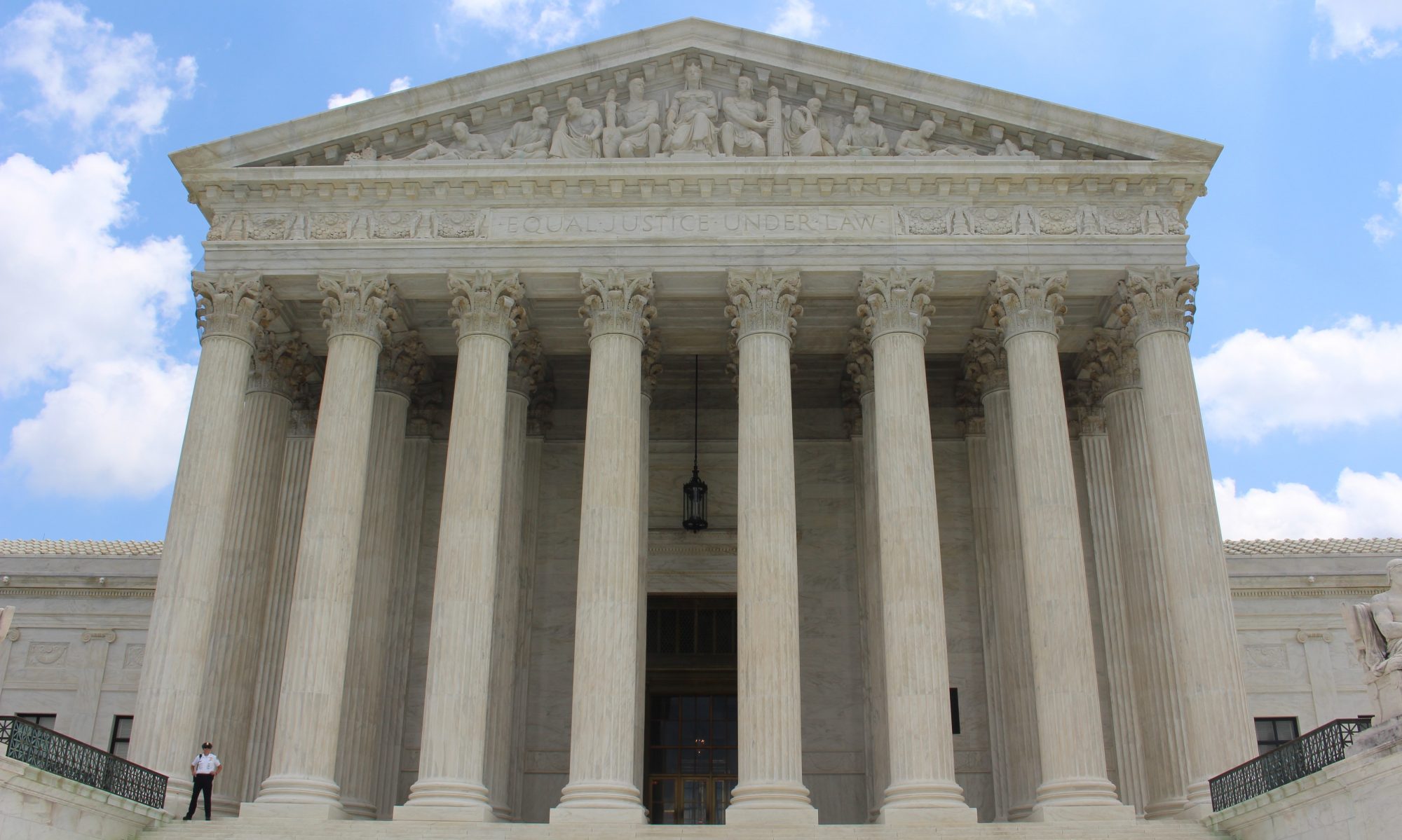“This study investigated predictors of adolescent girls’ experiences with sexism and feminism. Girls (N = 600; M = 15.1 years, range = 12-18), of varied socioeconomic and ethnic backgrounds, completed surveys of personal experiences with sexual harassment, academic sexism (regarding science, math, and computer technology), and athletics. Most girls reported sexual harassment (90%), academic sexism (52%), and athletic sexism (76%) at least once, with likelihood increasing with age. Socialization influences and individual factors, however, influenced likelihood of all three forms of sexism. Specifically, learning about feminism and gender-conformity pressures were linked to higher perceptions of sexism. Furthermore, girls’ social gender identity (i.e., perceived gender typicality and gender-role contentedness) and gender-egalitarian attitudes were related to perceived sexism.”
Amy Young, Melissa Grey, & Carol J. Boyd, Adolescents’ Experiences of Sexual Assault by Peers: Prevalence and Victimization Occurring Within and Outside of School, J. Youth Adolescence 1072 (2008)
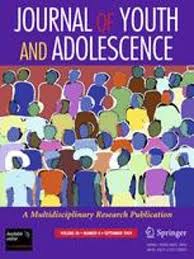
“This study examined adolescent peer-on-peer sexual assault victimization occurring within and outside school. The sample consisted of 1,086 7th through 12th grade students, with a mean age of 15. Most of the respondents were White (54%) or Black (45%), and approximately half of respondents were female (54%). A modified version of the Sexual Experiences Survey was used to assess opposite sex sexual victimization in 7th through 12th grade students. Rates of peer sexual assault were high, ranging from 26% of high school boys to 51% of high school girls. School was the most common location of peer sexual victimization. Characteristics of assault varied by location, including type of victimization, victims’ grade level, relationship to the perpetrator, type of coercion, and how upsetting the assault was. Distinctions between sexual assault occurring in and out of school are conceptualized with literature on developmental changes in heterosexual relationships and aggression.”
AAUW, Hostile Hallways: Bullying, Teasing, and Sexual Harassment in School (2001)

AAUW, Hostile Hallways: Bullying, Teasing, and Sexual Harassment in School (2001).
“Four out of five students — boys and girls — say that they have experienced some type of sexual harassment in school, despite a greater awareness of school policies dealing with the issue. This report updated earlier AAUW research and launched a second wave of activism.”
Jennifer Ann Drobac, Sexual Exploitation of Teenagers: Adolescent Development, Discrimination & Consent Law
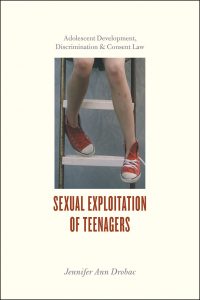
“In Sexual Exploitation of Teenagers, Jennifer Drobac explores the shockingly common problem of maturing adolescents who are harassed and exploited by adults in their lives. Reviewing the neuroscience and psychosocial evidence of adolescent development, she explains why teens are so vulnerable to adult harassers. Even today, in an age of increasing public awareness, criminal and civil law regarding the sexual abuse of minors remains tragically inept and irregular from state to state. Drobac uses six recent cases of teens suffering sexual harassment to illuminate the flaws and contradictions of this system, skillfully showing how our current laws fail to protect youths, and offering an array of imaginative legal reforms that could achieve increased justice for adolescent victims of sexual coercion.”
Catherine Hill and Holly Kearl, Crossing the Line: Sexual Harassment at School (2011)
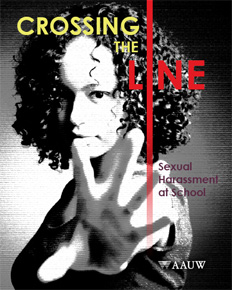
Catherine Hill & Holly Kearl, AAUW, Crossing the Line: Sexual Harassment at School (2011)
“Based on a survey of a nationally representative sample of 1,965 students conducted in May and June 2011, Crossing the Line: Sexual Harassment at School presents the most comprehensive research to date on sexual harassment in grades 7–12. The report reveals some sobering statistics about the prevalence of sexual harassment and the negative impact it has on students’ education. It concludes with concrete recommendations and promising practices for preventing sexual harassment directed at school administrators, educators, parents, students, and community members. We hope readers will be inspired to take new steps toward making schools free from sexual harassment.”
Sexual Harassment on College Campuses: Abusing the Ivory Power, edited by Michele A. Paludi (1996)
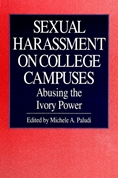
Sexual Harassment on College Campuses: Abusing the Ivory Power, edited by Michele A. Paludi (1996)
An updated and expanded revision of the first edition, which received the Gustavus Myers Center Award for an outstanding book on Human Rights in the United States. Intended for administrators and faculty, it is also a resource book for individuals wanting to make changes in their campus’ policy and procedures with regard to sexual harassment.
